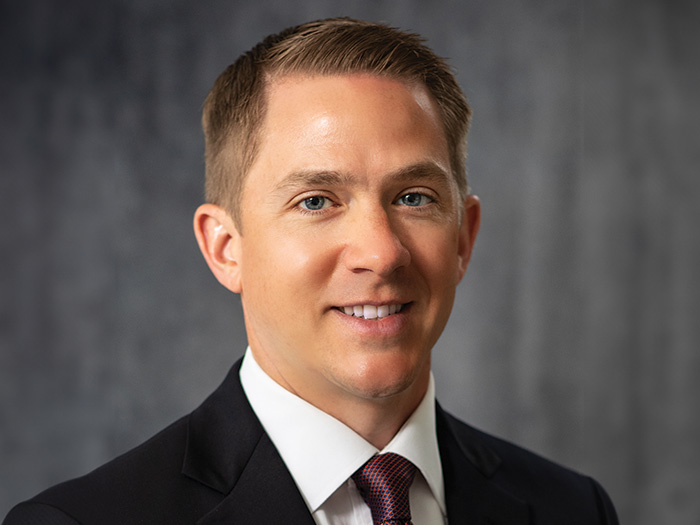Risk Insider: Nir Kossovsky
What’s Good for Big Oil is Good for the Banks
The New York Federal Reserve Bank president William Dudley is frustrated by the “…deep-seated cultural and ethical failures at many large financial institutions.”
The Financial Times reported July 27 that Fed officials have asked banks to see what they might learn from other sectors “that have gone through crises or reputational issues”…wait for it…”such as the oil industry.”
It is sound advice.
Both the oil and banking industries tend to attract “cowboys” for whom rules are only guidelines and risk is a stimulant. Both industries also have a history of socializing the consequences of risk– massive spills with black goo or financial implosions with black holes.
And some oil companies have emerged from crises learning how to better control their cowboys and manage society’s expectations to become exemplary managers of reputation.
ExxonMobil, commemorating this year the 25th anniversary of the largest oil spill in history (until BP’s disaster in 2010), could be the NY Fed’s poster child.
ExxonMobil’s risk management processes came of age after its oil tanker, the Valdez, ran aground on a reef, puncturing the ship’s hull and spilling oil into Prince William Sound, Alaska. The event garnered broad media attention and led to a long series of lawsuits and legislative changes—what is politely termed in reputation management circles as the pile on of litigators, legislators and bloggers.
A jury in Anchorage, Alaska, topped an award against Exxon of millions of dollars in damages with $5 billion in punitive-damages.
Today, ExxonMobil believes risk management is a direct responsibility of line management. Like other engineering firms, its risk management models were once only quantitative.
Empowered by the post-Valdez culture, line executives expressed concern that computer models were missing local nuances that might lead to negligent or criminal behavior, leaving the company exposed to moral hazards.
The company supplemented its quantitative models with strong, direct workforce and line management experience models involving no statistics on failure rates.
While reputation risk management would be nowhere without the right culture, governance, and operational controls, there’s more to it—stakeholder expectation management.
As Jonathan Salem Baskin described in Forbes, ExxonMobil tells stakeholders “that oil is here to stay, we need to accept how vitally useful it is, and improvements in its use are lots more realistic than any fantasies about alternative energy substitutes.”
In its 10K, the company tells shareholders that its success depends on management’s ability to minimize the “inherent risks” of the industry and “the potential for human error.” Moreover, ExxonMobil actually describes many of the management processes it uses to minimize risk.
According to an analysis published by Consensiv, the reputation controls company, based on reputation value metrics we use at Steel City Re, ExxonMobil’s reputation premium, a measure of additional value arising from favorable stakeholder expectations, is at the 96th percentile within its peer group.
ExxonMobil’s 113 percent 10-year return is more than double that of every other oil major excluding Chevron’s 173 percent.
The object lesson for financial institutions is self-evident.
Read all of Nir Kossovsky’s Risk Insider contributions.










